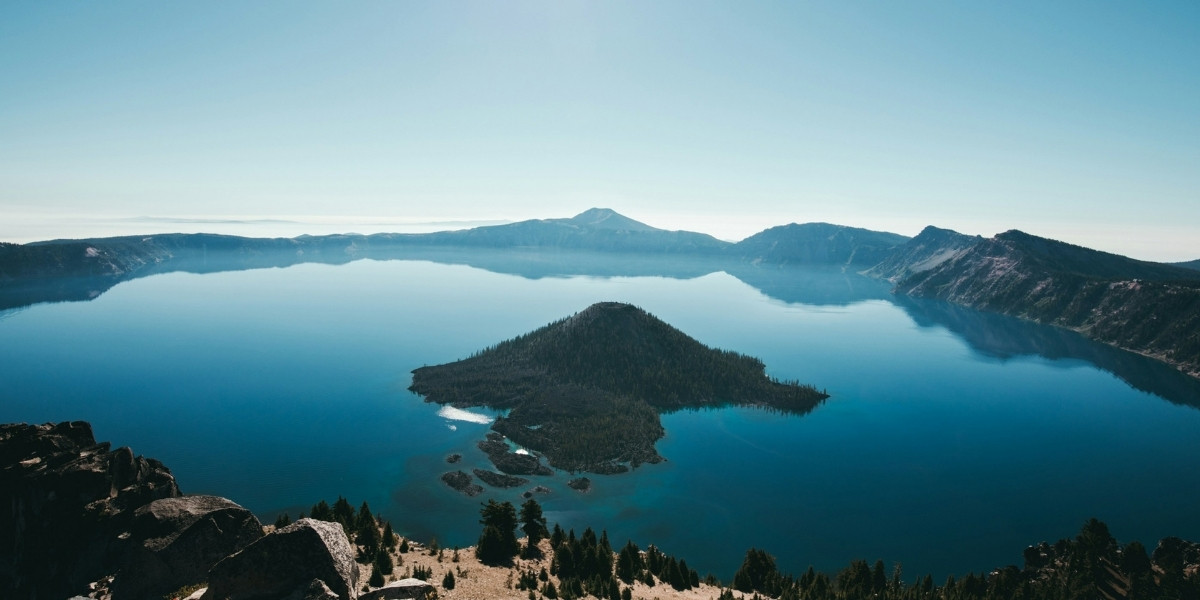Latin America is home to some of the most remarkable UNESCO World Heritage sites, each representing unique cultural and historical significance. These sites not only preserve the essence of ancient civilizations but also provide a glimpse into the rich heritage that has shaped the region over millennia. Among these sites are Teotihuacan, Machu Picchu, and the historic center of Mexico City, all of which are celebrated for their unparalleled beauty and historical importance. This article delves into these iconic sites, highlighting their significance and the reasons they are revered worldwide.
Why Are UNESCO World Heritage Sites in Latin America So Important?
UNESCO World Heritage Sites are designated because of their outstanding value to humanity, whether through cultural, historical, scientific, or natural significance. Latin America’s UNESCO sites are a testament to the region’s diversity and the civilizations that have shaped it. These sites help preserve ancient cultures and protect the natural environment for future generations, while also contributing to the global understanding of human history.
Latin America’s UNESCO sites are more than just tourist attractions; they are cultural treasures that reflect the evolution of the region’s societies. By recognizing these sites, UNESCO aims to ensure their conservation and promote awareness of their historical importance. From the ancient ruins of Teotihuacan to the sacred mountains surrounding Machu Picchu, these landmarks are fundamental in understanding the rich tapestry of Latin America’s heritage.
What Makes Teotihuacan a World Heritage Site?
Teotihuacan, located in central Mexico, is one of the most important archaeological sites in the Americas. Known for its massive pyramids, including the Pyramid of the Sun and the Pyramid of the Moon, this ancient city was once one of the largest urban centers in the world. The city of Teotihuacan flourished between the 1st and 7th centuries AD, and its remarkable architecture and urban planning continue to captivate historians and visitors alike.
The significance of Teotihuacan extends beyond its physical structures. Its cultural influence spread across much of Mesoamerica, leaving a lasting impact on the civilizations that followed. The site is notable for its enigmatic art and iconography, which reflect the religious and political life of the people who once inhabited it. Today, Teotihuacan stands as a symbol of ancient Mesoamerican civilization and is a must-visit destination for those interested in the region’s history.
Teotihuacan’s inclusion as a UNESCO World Heritage Site highlights its universal value as a cultural landmark. The site is also a reminder of the importance of preserving ancient cultures and their contributions to humanity’s collective history.
Why Is Machu Picchu So Revered?
Machu Picchu, the legendary Inca citadel perched high in the Peruvian Andes, is arguably one of the most famous UNESCO World Heritage Sites in the world. Discovered by American explorer Hiram Bingham in 1911, this ancient Inca city is a marvel of engineering and architecture, and its dramatic location amidst the towering peaks of the Andes adds to its mystique.
Built in the 15th century during the reign of the Inca emperor Pachacuti, Machu Picchu is believed to have served as a royal estate or a religious site. The site’s sophisticated terracing system, impressive stone construction, and complex network of roads and pathways showcase the advanced engineering skills of the Incas. The city remained hidden for centuries, which has contributed to its air of mystery.
Machu Picchu’s UNESCO designation as a World Heritage Site emphasizes the need to protect its rich history and natural surroundings. The site attracts millions of visitors every year, yet efforts are ongoing to maintain its preservation while accommodating the influx of tourists. Its status as a symbol of Incan heritage also makes it an important site for understanding the ancient civilizations of South America.
What Makes the Historic Center of Mexico City a Cultural Gem?
The historic center of Mexico City, a UNESCO World Heritage Site since 1987, is a captivating fusion of pre-Hispanic, colonial, and modern architecture. At the heart of the city lies the Zócalo, or Plaza Mayor, which has been a center of political and social life for centuries. This central square is surrounded by historic buildings, including the National Palace and the Metropolitan Cathedral, which represent Mexico’s colonial past.
But the area is also home to ancient ruins, including those of the Aztec Templo Mayor, which serve as a reminder of the city’s pre-Hispanic origins. The combination of colonial architecture with indigenous ruins makes the historic center of Mexico City one of the most unique urban landscapes in the world. As Mexico City continues to grow, the preservation of its historic center remains a priority to ensure that future generations can appreciate its multifaceted heritage.
In addition to its architectural significance, the historic center of Mexico City is a vibrant cultural hub, home to museums, galleries, theaters, and markets. It stands as a testament to the city’s dynamic cultural evolution, blending the old and the new in a seamless and beautiful way.
How Do These UNESCO Sites Reflect Latin America’s Rich Heritage?
Each of these UNESCO World Heritage Sites in Latin America—Teotihuacan, Machu Picchu, and the historic center of Mexico City—offers a unique window into the past. Together, they tell the story of Latin America’s diverse cultural influences: from the Mesoamerican civilizations that flourished long before European contact, to the Incan empire and the Spanish colonial period.
These sites are not only important for understanding the region’s history but also for appreciating the complexity and beauty of its indigenous cultures, architectural feats, and natural landscapes. By preserving these sites, UNESCO ensures that the legacy of Latin America’s ancient and modern civilizations is safeguarded for future generations to explore and appreciate.
Latin America’s UNESCO World Heritage Sites are more than just places to visit; they are cultural treasures that enrich our understanding of the world. They invite people to explore the deep history and vibrant cultures that have shaped one of the most fascinating regions on earth.








